Widget reviseRatesButton(BuildContext c) {
return Consumer<RideRequestProvider>(
builder: (c, provider, child) {
return OutlinedButton(
onPressed: () async {
alertDialogNew(
c,
content: ChangeNotifierProvider.value(
value: provider,
builder: (context, child) {
return Consumer<RideRequestProvider>(
builder: (context, provider, child) {
return Padding(
padding: const EdgeInsets.all(8.0),
child: Column(
children: [
const Text(
"Offer your fare",
textAlign: TextAlign.center,
style: TextStyle(
fontWeight: FontWeight.w600,
fontSize: 16,
),
),
const SizedBox(
height: 5,
),
CustomTextFormField(
hint: "Enter your fair/day",
keyboardType: TextInputType.number,
controller: provider.fareController,
onChanged: (String? val) {
provider.calculateFare();
},
),
const SizedBox(
height: 5,
),
Row(
mainAxisAlignment:
MainAxisAlignment.spaceEvenly,
children: [
Column(
mainAxisSize: MainAxisSize.min,
children: [
const Text(
'Weekly (5 days)',
style: TextStyle(
fontSize: 14,
fontWeight: FontWeight.w500,
),
),
Text.rich(
TextSpan(
text: provider.weeklyFare
.toStringAsFixed(2),
children: [
TextSpan(
text: '/week',
style: TextStyle(
color: Colors.blue.shade700,
fontSize: 12,
fontWeight: FontWeight.w600,
),
),
],
),
style: const TextStyle(
fontSize: 16,
fontWeight: FontWeight.w600,
),
),
],
),
Column(
children: [
const Text(
'Monthly(22 days)',
style: TextStyle(
fontSize: 14,
fontWeight: FontWeight.w500,
),
),
Text.rich(
TextSpan(
text: provider.monthlyFare
.toStringAsFixed(2),
children: [
TextSpan(
text: '/month',
style: TextStyle(
fontSize: 12,
color: Colors.blue.shade700,
fontWeight: FontWeight.w600,
),
),
],
),
style: const TextStyle(
fontSize: 16,
fontWeight: FontWeight.w600,
),
),
],
),
],
),
],
),
);
},
);
}),
);
},
child: const Text(
"Revise Rates",
),
style: OutlinedButton.styleFrom(
side: const BorderSide(width: 1.0, color: Colors.blue),
),
);
},
);}
I've been stuck at this for a few moments, but ChangeNotifierProvider.value works like a charm.
